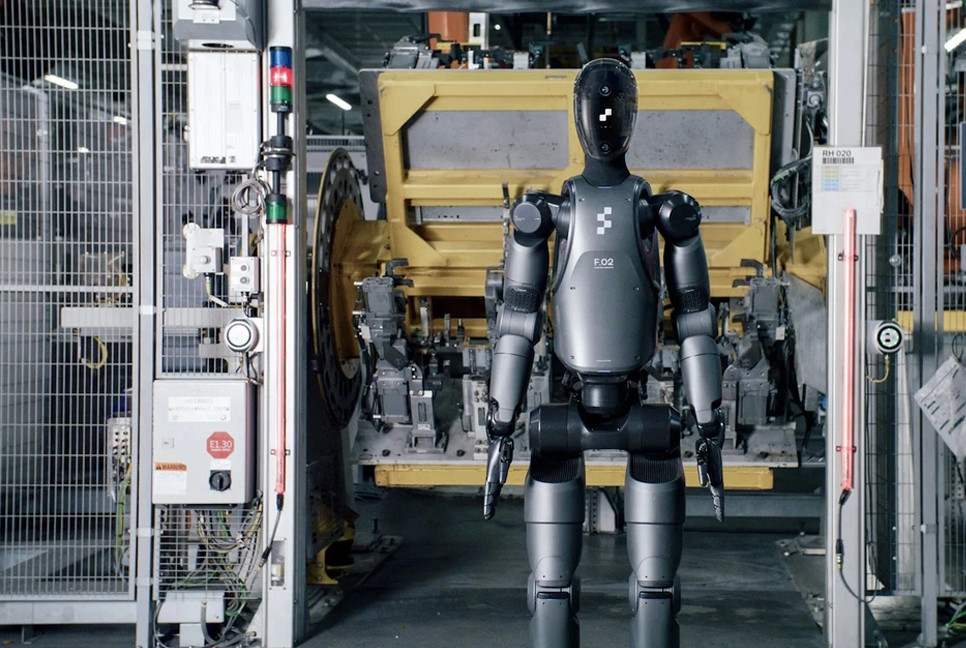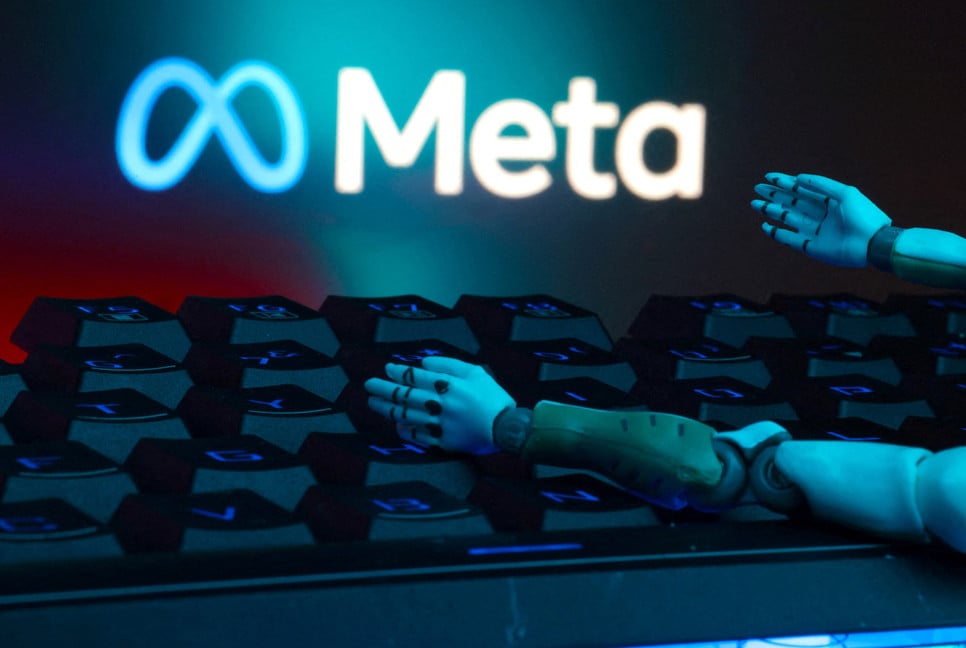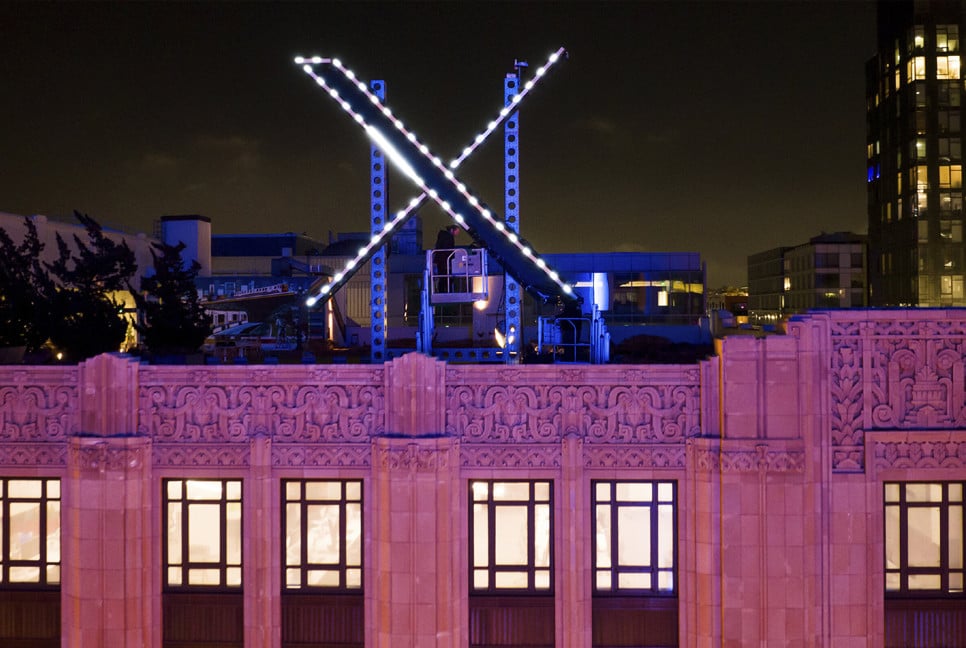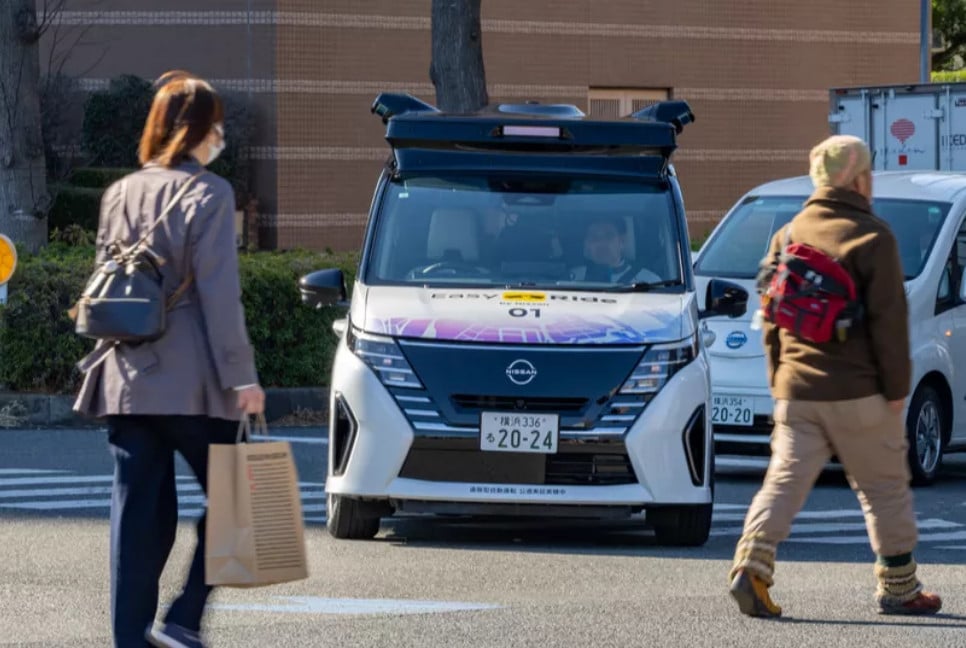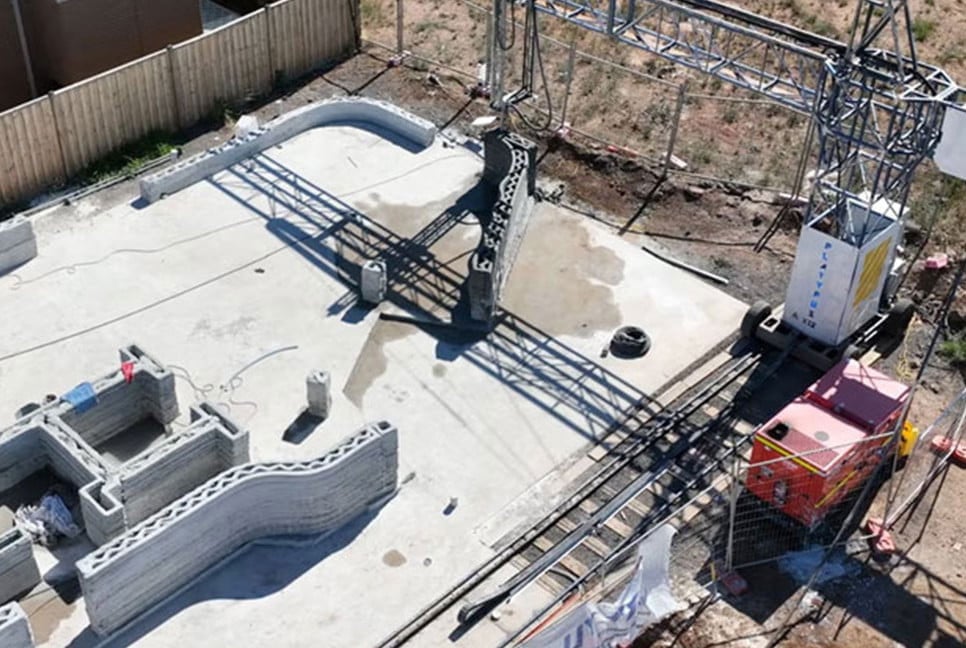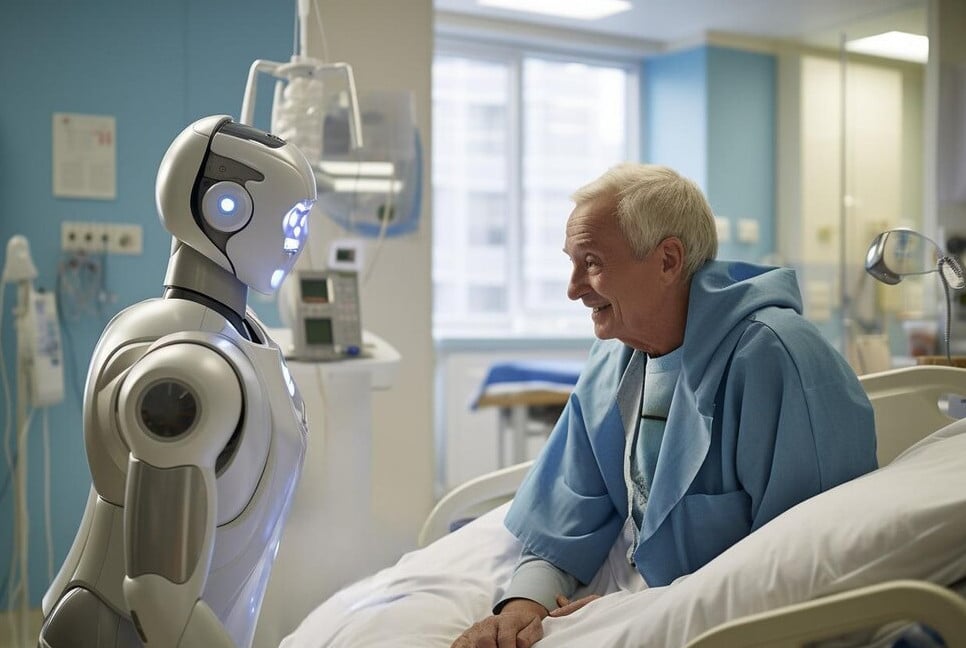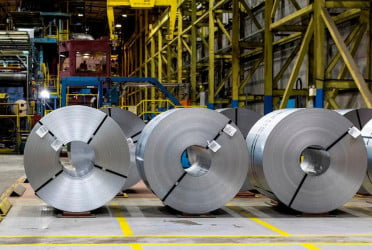Figure AI, a robotics company based in California, revealed that it has secured its second major commercial partner, bringing the vision of humanoid robots transitioning from labs to real-world use closer than ever.
CEO Brett Adcock stated that the partnership could potentially lead to the shipment of 100,000 humanoid robots over the next four years.
While details of the new customer remain under wraps, Adcock claims it is “one of the biggest U.S. companies,” spurring immediate speculation that it could be a large retailer or technology enterprise with significant labor needs.
Adcock’s remarks came in an update on LinkedIn, where he emphasized the importance of forging deep relationships with high-capacity customers rather than spreading the company’s efforts thin across many smaller clients. “Our newest customer is one of the biggest U.S. companies,” Adcock said.
“It gives us potential to ship at high volumes which will drive cost reduction and AI data collection. Between both customers, we believe there is a path to 100,000 robots over the next four years.”
The company’s first publicly named client is automotive giant BMW, which signed on late last year. The latest announcement sets the stage for what could be a significant step toward mainstream adoption of humanoid robots, especially in large-scale operations like manufacturing, logistics, or healthcare.
Figure AI strategy and progress
Adcock also reiterated Figure AI’s dual-market strategy. “We’re focused on two markets: commercial and home,” he said. While the commercial side could entail distribution centers, factories, and other industrial sites, the domestic market opens doors to home-use robots assisting with tasks that range from mundane chores to more specialized roles in healthcare.
Figure AI stands out due to the speed of its product rollouts. The company launched its first humanoid, Figure 01, just 31 months after incorporation and subsequently shipped Figure 02. Reports also suggest that Figure 03 is “up and running in the lab,” indicating an ongoing quest for improved performance and functionality.
Figure 01, which debuted in January 2024, operated at about 17 percent of an average human’s walking speed. Figure 02, the current iteration, has reportedly increased that pace by seven times, moving at 3.9 feet (1.2 meters) per second, roughly 2.68 miles per hour. While still somewhat slower than a typical human stride, Figure appears confident that additional improvements are imminent.
A notable aspect of Figure’s robots is their reliance on artificial intelligence. “Last week, we successfully began running an end-to-end neural network on the new client’s use case,” Adcock said in his update. “Learning the use case with AI is the only path here as heuristics would be impossible to write.”
He also mentioned that each instance of these AI-driven policies in action “feels like pure magic,” highlighting the potential for self-learning robots to adapt quickly to different tasks.
Competition and industry outlook
Players like Agility Robotics, Tesla’s Optimus project, Unitree, Apptronik, Sanctuary AI, and Agibot are all scrambling to secure footholds in this emerging market.
Source: yahoo.com
Bd-pratidin English/ Afia

